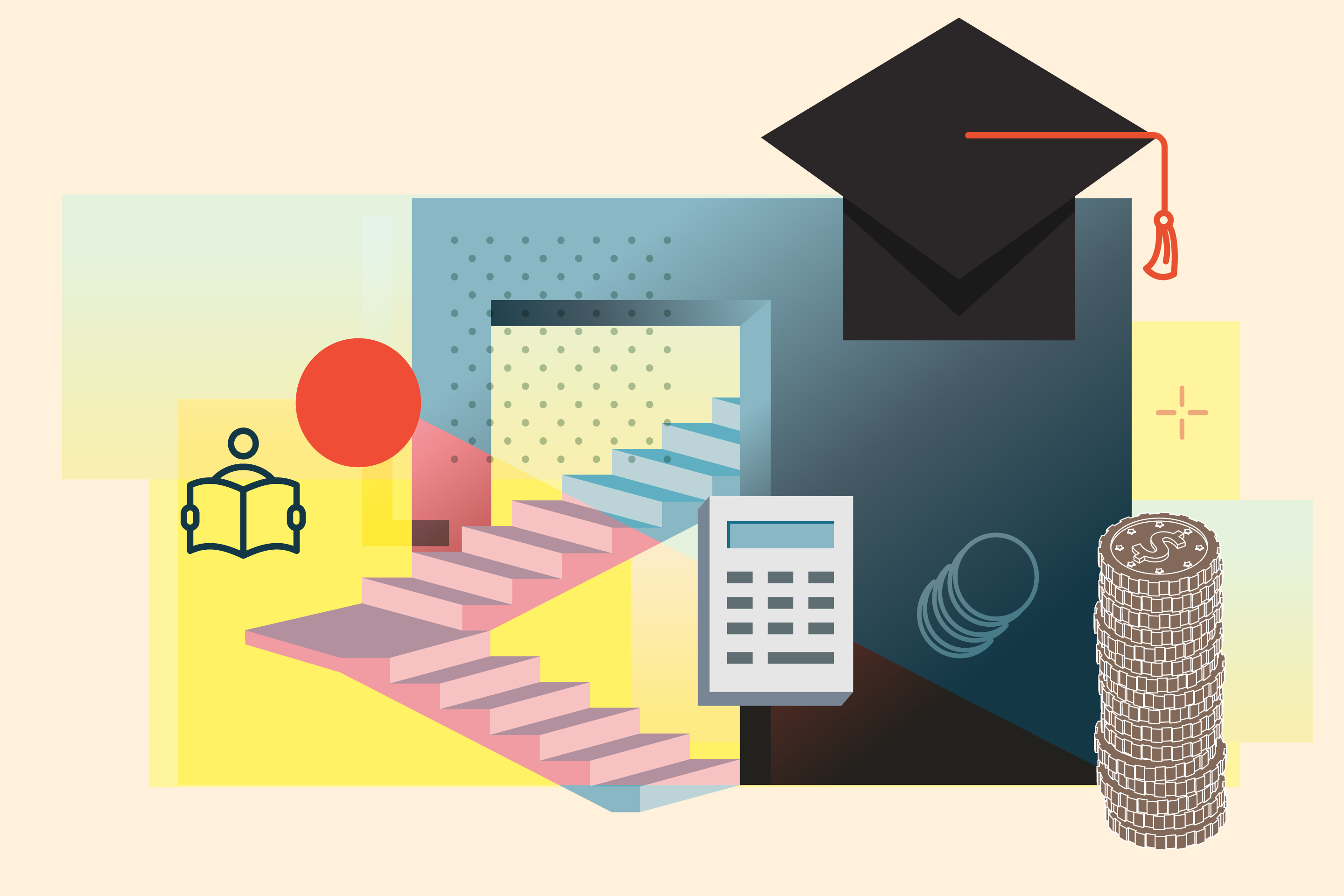- Home
- Student Loan Refinance
- Surprise! Baby Boomers Would Benefit Most from Student Loan Debt Cancellation
Surprise! Baby Boomers Would Benefit Most from Student Loan Debt Cancellation
Key Takeaways
- Baby Boomers, rather than Millennials, are the primary beneficiaries of debt cancellation. Despite the common perception of Boomers not being associated with college debt, many have taken on substantial loans to support their children's education.
- With increasing college costs and limitations of federal student loan programs, parents often resort to Parent PLUS loans to cover expenses, disproportionately affecting low-income and black families. This situation has led to an intergenerational burden of college debt, affecting Boomers' retirement plans and creating a domino effect on younger generations' job opportunities and financial stability.
- Learn about the urgent need for solutions to the escalating college debt crisis that affects multiple generations.

A year after the Biden administration’s announcement that he would cancel $10,000 to $20,000 in federal student debt, 87 congressional democrats signed a letter urging more action to relieve the economic time bomb of America’s $1.77 student debt.
The letter comes on the heels of movements for a debt strike amidst recession warnings and at a time when Millennials are seeing their savings decline. However, the biggest beneficiaries of debt cancellation wouldn’t be Millennials.
It’s actually Baby Boomers, born in postwar America from 1946 to 1964.
Baby Boomers are known for many things: Beatlemania, anti-war protests, and Woodstock might come to mind. College debt? Not so much.
After all, back when Boomers were in college, the average cost of tuition ranged from $5,053 to $7,726 (adjusted for 2021/2022 dollars). They could have paid that tuition with about 3 months of work during their summer holidays at the prevailing 1973 minimum wage (adjusted for today’s dollars).
So why are the Boomers drowning in college debt?
It turns out they made one grave economic mistake. They had Millennial kids.
OK, Boomer, Thanks for the Loan
According to AARP, 77% of Baby Boomers have taken out student loans to support someone else, typically their children, though 7% of Boomers take on college debt to support their grandchildren.
The problem is that federal student loans come with a student loan limit, so not all students find they’re able to borrow in order to meet the cost of attending college. Add the average rate of college tuition inflation at 8% annually, and costs increasingly outstrip the loan program’s allowances.
Today’s freshmen pay in-state, public university tuition rates averaging $10,423. At the same time that college costs more than ever, the federal minimum wage buys just shy of half what it did in 1973 when Boomer graduates earned today’s equivalent of $14.32 per hour.
To make ends meet, unsubsidized Parent PLUS loans take up the slack. These loans let parents of any income borrow the entire cost of their children’s college expenses. Today, with no cap on how much parents can borrow, many utilize the loan to make college possible for their children, regardless of their incomes.
As college costs make higher education out of reach for more students, Parent PLUS loans have increased the debt burden on those parents who can least afford it: black parents have a particular struggle as loan payments eat up more than 25% of an average black family’s monthly income versus 14% for white borrowers.
College vs. Retirement
It shouldn’t be a knock-out competition between two life necessities. But in a world where more and more lower-income families look to parent PLUS loans to fund their children’s educations, fewer retirements will include lazy days around the pickleball court.
With the average Baby Boomer college debt load at $45,136 per borrower, Boomers are more likely to continue working as they age.
That economic domino effect impacts future generations.
More Boomer workers mean fewer social security payouts, which could keep current workers’ tax burden low and their spending power higher for longer. Eventually, retiring baby boomers require high workplace participation among younger generations, who must support not only social security but also Medicare payments.
However, an oversized Boomer cohort in the workplace has led to fewer leadership roles available for Gen X and Millennial professionals, who face higher job competition and ultimately, fewer worker perks and incentives.
Working longer than ever before is likely here to stay. In addition to college debt, as of 2020, more than 40% of Baby Boomers had no retirement account at all.
The College Debt Crisis Goes Intergenerational
College debt used to just impact college graduates. But the Boomer debt crisis suggests that college debt is now an intergenerational burden. It’s now a reality for many families that two generations must pay unsustainable loan repayments for decades to finance a single college education.
If the trend doesn’t change, Gen X’s college loan debt will rise again as they begin seeing their Gen Z children off to college, and Millennials will dive into a new ocean of debt when their children come of age.
It’s easy to imagine the worst-case scenario of this unchecked tuition inflation, with higher education off the table completely for children whose parents could not secure a quality job and advancements to keep pace with their own loan payments.
Others might secure their finances by foregoing parenthood, retirement, or both.
As much as we often hear about conflicts between Baby Boomers and younger generations, where college is concerned, success is a family affair. Without less burden on the young, Boomers may not get the retirement they bargained for. And without the help of parents, a college education may drift farther out of reach for children.
Perhaps the emergence of an intergenerational crisis can serve to warn all generations that unless we solve the problem of growing college debt, we’re all likely to be swept up in its after-effects.
Edited by:
Bryan Huynh
•
Product Tester & Writer









